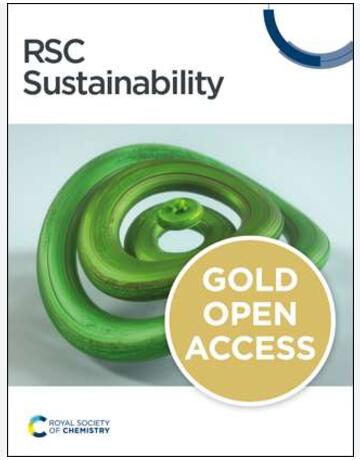意大利各大区在 2023 2027 年农村发展计划中的不同战略
IF 3.3
3区 环境科学与生态学
Q2 ENVIRONMENTAL SCIENCES
引用次数: 0
摘要
在欧盟委员会批准了 CAP 战略计划和与 21 个意大利大区(CSR)相关的战略文件后,作为单一国家 CAP 计划特点的财务方面也随之公布。在此,我们介绍并分析了 2023 年至 2027 年期间公共资源干预分配的最终数据。对于那些关注农村发展政策演变的人来说,这标志着一个关键时期的战略信息,为政策制定者的优先事项提供了重要指示。在意大利,农村发展政策高度地区化,因此很难全面了解各个地区所采取的战略选择。本文的主要目的是对各地区在 CSR 中的选择提供一个全面的、具有启发性的概述。文章旨在确定农村发展的共同战略路径,并特别关注补充性追加计划三个历史性宏观目标中每个目标的资金分配情况:农业食品行业的竞争力、环境保护和农村地区的振兴。通过聚类分析分类,可以对所采取的战略进行汇总,从而对意大利各大区进行比较。结果显示,三个地区组分别侧重于环境战略、结构性投资措施和资源分配,这两种方法之间的平衡性较好。确定各大区的战略选择后,政策制定者就可以预测不同的发展轨迹和多年来支出指标的进展情况。目前还无法核实预算分配中确定的政策组合是否与战略声明相一致。本文章由计算机程序翻译,如有差异,请以英文原文为准。
The Different Strategies of the Italian Regions within the 2023 2027 Rural Development Programme
Following the European Commission’s approval of the CAP Strategic Plan and the 21 Italian region (CSR)-related strategic documents, the financial aspect that characterized the single national CAP plan was made available. Here, we present and analyze the final data on the distribution of public resources for interventions between 2023 and 2027. This marks a pivotal period of strategic information for those who follow the evolution of the rural development policy, providing vital indications of policymakers’ priorities. In Italy, where rural development policy is highly regionalized, it is difficult to acquire an overall view of the strategic choices adopted by the individual regions. The primary objective of this article is to offer a comprehensive and enlightening synopsis of the regional choices in the CSRs. It aims to identify shared strategic paths in rural development, with a specific focus on the financial allocation in each of the three historical macro-objectives of the CAP: the competitiveness of the agri-food sector, the protection of the environment, and the revitalization of rural areas. Cluster analysis classification allows for aggregating the strategies adopted, allowing for comparisons across the Italian regions. The results show three regional groups focused on environmental strategy, structural investment measures, and resource distribution that is more balanced between these two approaches. Identifying the strategic choices made by the regions allows policymakers to predict different development trajectories and the progress of the expenditure indicators over the years. At the moment, it is impossible to verify whether the policy mix defined in the budget allocation is consistent with the strategic statements.
求助全文
通过发布文献求助,成功后即可免费获取论文全文。
去求助
来源期刊

Sustainability
ENVIRONMENTAL SCIENCES-ENVIRONMENTAL SCIENCES
CiteScore
6.80
自引率
20.50%
发文量
14120
审稿时长
17.72 days
期刊介绍:
Sustainability (ISSN 2071-1050) is an international and cross-disciplinary scholarly, open access journal of environmental, cultural, economic and social sustainability of human beings, which provides an advanced forum for studies related to sustainability and sustainable development. It publishes reviews, regular research papers, communications and short notes, and there is no restriction on the length of the papers. Our aim is to encourage scientists to publish their experimental and theoretical research relating to natural sciences, social sciences and humanities in as much detail as possible in order to promote scientific predictions and impact assessments of global change and development. Full experimental and methodical details must be provided so that the results can be reproduced.
 求助内容:
求助内容: 应助结果提醒方式:
应助结果提醒方式:


